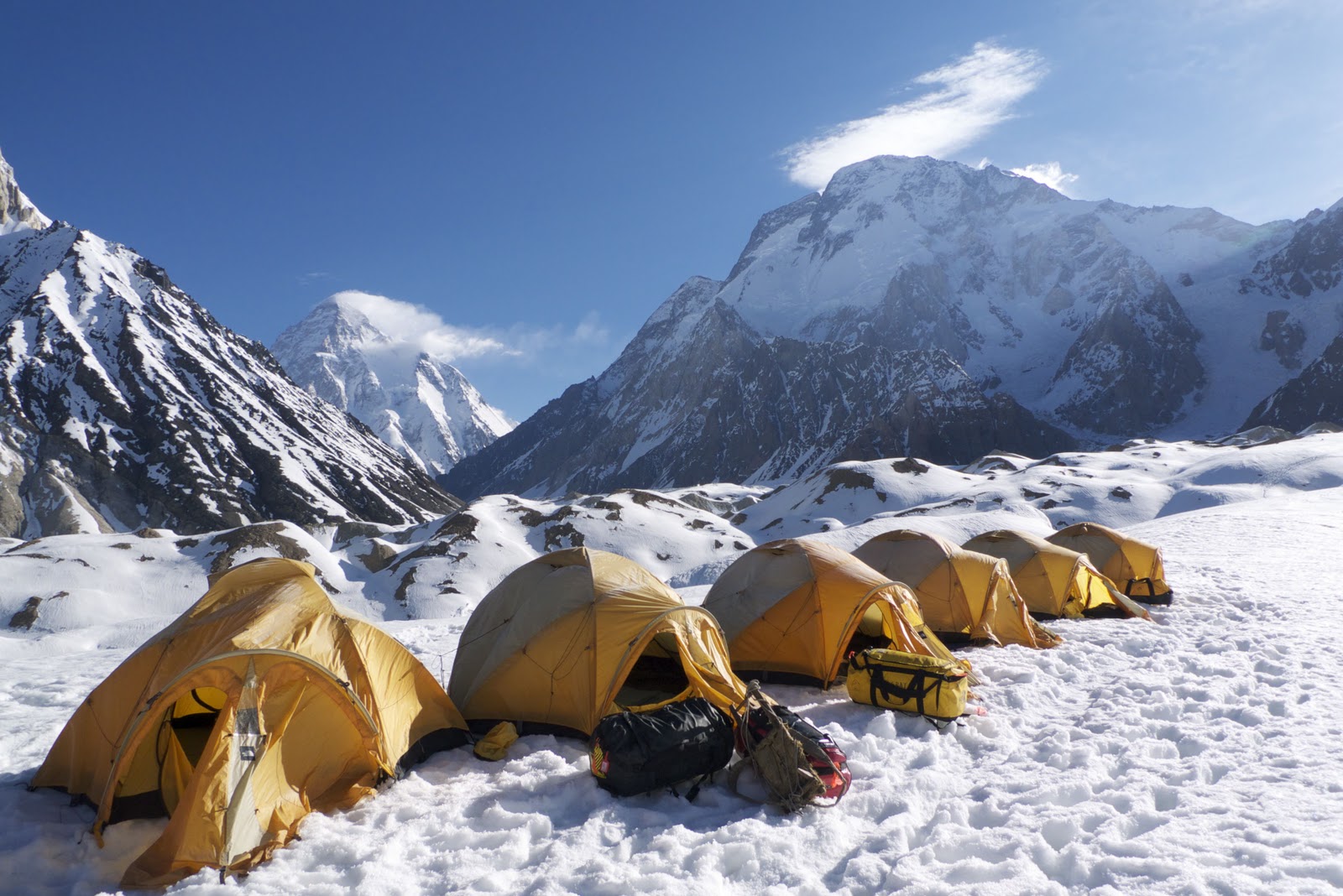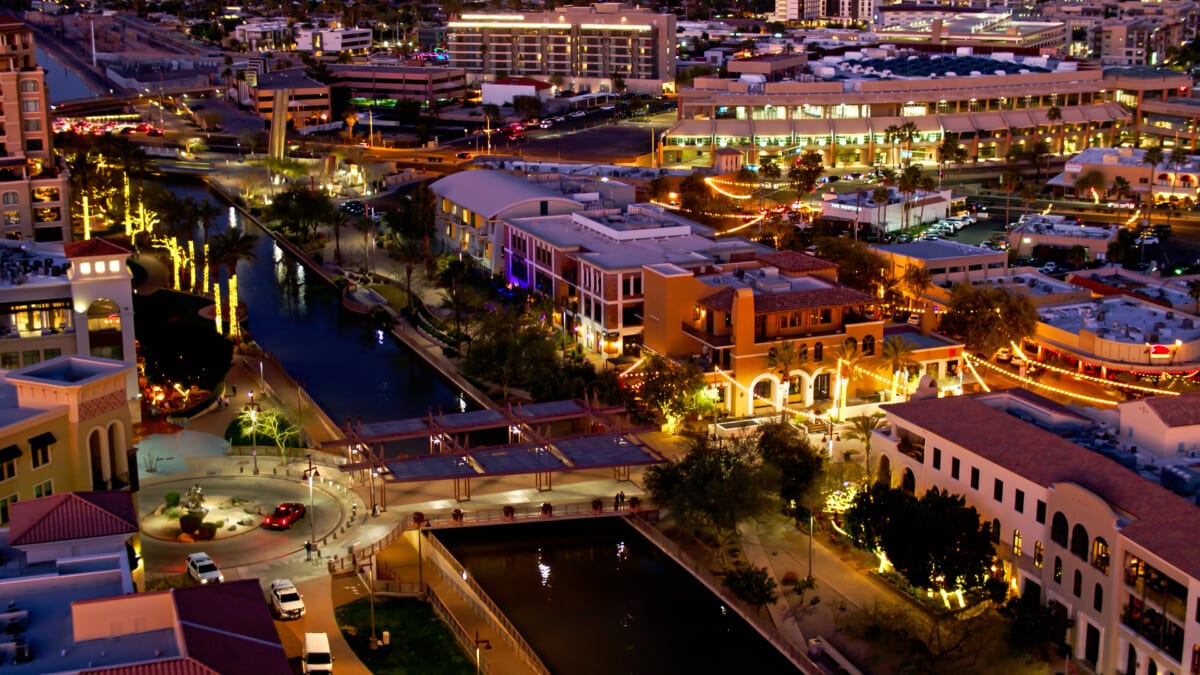Are you looking to take your photography skills to the next level? Look no further than lens and lights. These two components are essential for capturing stunning images and creating a professional look in your photos. In this article, we will dive into the world of lens and lights, exploring their importance, how to use them, and tips for getting the most out of these tools.
The Importance of Lens and Lights in Photography
When it comes to photography, the right equipment can make all the difference. While cameras play a significant role in capturing images, lens and lights are equally crucial. Without proper lighting and a quality lens, your photos may fall short of your expectations.
The Role of Lens in Photography
A lens is an optical device that focuses light onto a camera’s sensor, creating an image. It is one of the most critical components of a camera, as it determines the quality and clarity of the image. A high-quality lens can capture sharp and detailed images, while a low-quality lens may result in blurry or distorted photos.
There are various types of lenses available, each with its unique features and purposes. Some common types include prime lenses, zoom lenses, wide-angle lenses, and telephoto lenses. Each type has its strengths and weaknesses, making it essential to understand which lens is best suited for your photography needs.
The Role of Lights in Photography
Lighting is another crucial element in photography. It not only illuminates the subject but also sets the mood and tone of the photo. Proper lighting can enhance the colors and details in an image, creating a more visually appealing photograph.
Natural light is often preferred by photographers, as it provides a soft and natural look to photos. However, artificial lighting, such as studio lights, can be used to create specific effects and control the intensity and direction of light.
How to Use Lens and Lights in Photography
Now that we understand the importance of lens and lights, let’s explore how to use them effectively in photography.
Choosing the Right Lens
As mentioned earlier, there are various types of lenses available, each with its unique features. When choosing a lens, consider the type of photography you will be doing and the desired outcome. For example, if you are shooting landscapes, a wide-angle lens would be more suitable, while a telephoto lens would be ideal for capturing wildlife or sports photography.
It is also essential to consider the aperture of the lens. The aperture determines the amount of light that enters the camera, affecting the depth of field in an image. A wider aperture (lower f-stop number) allows more light into the camera, resulting in a shallow depth of field, while a smaller aperture (higher f-stop number) creates a larger depth of field.
Utilizing Lighting Techniques
Lighting techniques can greatly impact the look and feel of your photos. Here are some common lighting techniques used in photography:
- Natural Light: As mentioned earlier, natural light can create a soft and natural look in photos. To utilize natural light, position your subject facing the light source, such as a window or the sun.
- Backlighting: Backlighting involves placing the light source behind the subject, creating a silhouette effect. This technique can add drama and depth to your photos.
- Fill Light: Fill light is used to fill in shadows and balance out the lighting in a photo. It can be achieved by using a reflector or a second light source.
- Rembrandt Lighting: This technique involves positioning the light source at a 45-degree angle from the subject, creating a triangle-shaped highlight on one side of the face. It is commonly used in portrait photography.
Examples of Lens and Lights in Action
To better understand the impact of lens and lights in photography, here are some examples of how they can be used to create stunning images:
Landscape Photography
For landscape photography, a wide-angle lens is often preferred to capture the vastness and beauty of the scenery. Natural light can also play a significant role in creating a dramatic effect, especially during sunrise or sunset.
Portrait Photography
Portrait photography requires a different approach, as the focus is on the subject rather than the surroundings. A prime lens with a wider aperture is commonly used to create a shallow depth of field, drawing attention to the subject’s face. Lighting techniques such as Rembrandt lighting can also add dimension and character to portrait photos.
Comparing Different Types of Lens and Lights
When it comes to lens and lights, there is no one-size-fits-all solution. Each type has its strengths and weaknesses, making it essential to understand their differences and how they can impact your photos.
Lens Comparison
- Prime Lenses: Prime lenses have a fixed focal length, meaning they cannot zoom in or out. However, they are known for producing sharp and high-quality images.
- Zoom Lenses: Zoom lenses have a variable focal length, allowing you to zoom in and out. They are versatile and suitable for various types of photography.
- Wide-Angle Lenses: Wide-angle lenses have a shorter focal length, capturing a wider field of view. They are ideal for landscapes and architecture photography.
- Telephoto Lenses: Telephoto lenses have a longer focal length, allowing you to zoom in on distant subjects. They are commonly used in wildlife and sports photography.
Light Comparison
- Natural Light: As mentioned earlier, natural light can create a soft and natural look in photos. It is readily available and free, making it a popular choice among photographers.
- Artificial Light: Artificial light, such as studio lights, can provide more control over the intensity and direction of light. However, it requires additional equipment and setup.
- Flash: Flash is a portable artificial light source that can be used to add light to a scene. It is commonly used in low-light situations or to create specific effects.
Tips for Using Lens and Lights in Photography
Here are some additional tips for getting the most out of your lens and lights:
- Experiment with different types of lenses and lighting techniques to find what works best for you.
- Invest in high-quality lens and lighting equipment to ensure the best results.
- Understand the technical aspects of lens and lighting, such as aperture and shutter speed, to have more control over your photos.
- Practice, practice, practice! The more you use your lens and lights, the better you will become at utilizing them effectively.
FAQs about Lens and Lights
What is the difference between prime and zoom lenses?
Prime lenses have a fixed focal length, while zoom lenses have a variable focal length, allowing you to zoom in and out.
Can I use natural light for indoor photography?
Yes, natural light can be used for indoor photography, but it may require additional lighting techniques to achieve the desired effect.
Do I need to invest in expensive lens and lighting equipment?
While high-quality equipment can make a significant difference in your photos, it is not necessary to break the bank. There are affordable options available that can still produce great results.
How do I know which lens is best for my photography needs?
Consider the type of photography you will be doing and the desired outcome when choosing a lens. Research and experimentation can also help determine which lens works best for you.
Can I use flash with natural light?
Yes, flash can be used with natural light to fill in shadows or create specific effects.
Conclusion
Lens and lights are essential components in photography, playing a significant role in capturing stunning images. By understanding their importance, how to use them, and tips for getting the most out of them, you can take your photography skills to the next level. Remember to experiment and practice to find what works best for you, and don’t be afraid to invest in high-quality equipment to achieve professional-looking photos. With the right lens and lighting techniques, the possibilities are endless for creating beautiful and captivating images. Back Continue WriteNext




